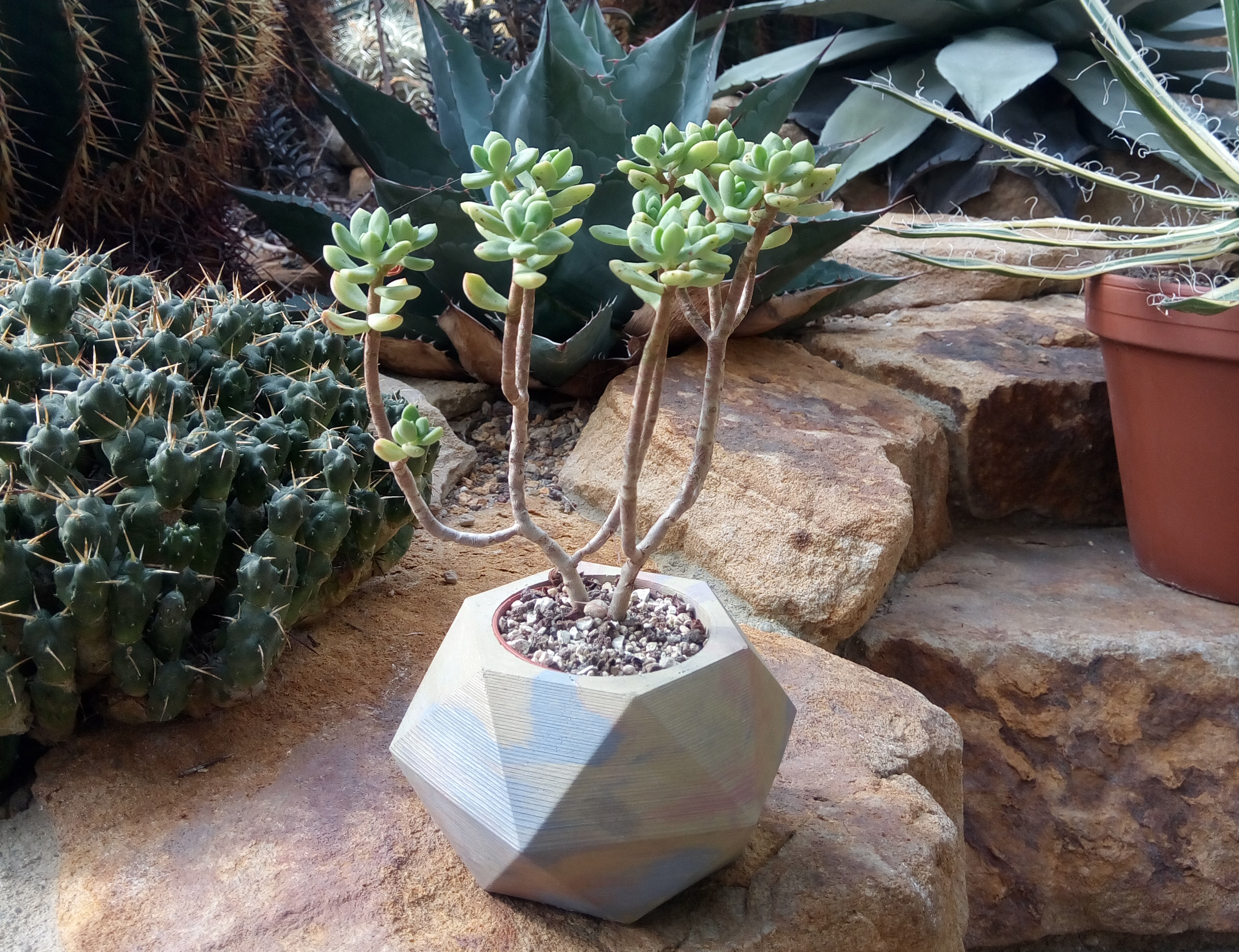Hello Plant lovers!
As we sell on the markets all items with the plants and we would love to give you advice on how to take care and make them grow. And also, if things go wrong or you are coming back from holidays, how to make them survive.
Bonsai
Bonsai has been an integral part of Japanese culture since the early 14th century. Originally appreciated by the wealthiest aristocrats of Japanese society, bonsai is now an art form that is loved by people from all around the world. There are many types of Bonsai, here is tips to take care of your ficus bonsai tree.
Water
Bonsai ficus trees always need to have wet roots. As soon as the top layer of soil appears dry, you can water them. It depends on the season and maturity of the plant. Water the plant thoroughly so that water runs out of the drainage holes. You can also spray the leaves to clean them but do not spray the leaves in the direct sun or at night. Water your tree every week, the number one cause of most bonsai deaths is under-watering. If you see yellowing of leaves and shriveling of smaller branche, this is the meaning that your bonsai is overwatered.
Exposure
Bonsai needs plenty of sunlight, the best environment is an east window with morning sun. Your bonsai can even stay outside in summer time as long as the temperature is higher than 15°C (59° F).
Repotting
The bonsai should be repotted in early spring before it shows any signs of growth. First, remove excess soil from the roots and cut any roots that are thicker than a pencil to promote smaller feeder roots. This will decrease the chance of girdling the roots. Then, trim the entire root ball and return it to its original container with fresh soil. Small bonsai should be repotted every 2-3 years and the soil mix should contain equal parts of sand, peat moss, and perlite.
Succulents
Water
Succulents need more water when they’re in a period of growth. In spring and summer, the plants are thriving and drinking up much more water than when they’re unbending during the fall and winter time. In summer, every watering your succulent every 12-18 days should be fine. Soak the soil then let the soil dry out entirely before watering again.
When watering your succulents, soak the soil until water runs out of the drainage holes but if you don’t have drainage holes, then just use less water. Do not use a spray bottle to water your succulents because the misting can cause brittle roots and moldy leaves. You can also place pots in a pan of water, the plant will absorb it through the drainage hole. Once the top of the soil is moist, then you can remove water from the pan.
Exposing
Succulents love light and need around six hours of sun per day. It of course depends on the type of succulent and the age of the plant. Be careful, newly planted ones can burn in direct sunlight, meaning you may need to gradually introduce them to full sun exposure. To make sure that your succulents get enough light you can rotate them frequently. As they will lean towards the sun, it will help them to stand up straight. If they are leaning, it may also be a sign that they need to be in a sunnier spot.
Repotting
The best repotting time is early spring. Use a well-draining potting soil to repot your succulents, like cactus soil. You should choose a pot with a drainage hole in the bottom but if your dream pot does not have drainage holes then you can add a layer of rock before adding the soil (3/4 of the way up in your pot). Squeeze to the sides of your succulent’s plastic pot to lose its soil and gently remove it from the pot. Place your succulent in its new pot and add more soil to the top to be sure that your succulent is in place. If your succulent hasn’t been watered in a while, is it a good time to water it. If this is not the case, it’s better to first let your succulent get accustomed to its new home for a week before watering.
Cactus
Be ready to stop being a Cact-I and start to become a Cact-US !
Water
The truth is that cactus need regular waterings and they have a special ability to survive drought but If you want yours to grow, then water is vital. If your cactus is a sunny location, giving them plenty of heat during the day then you can water them every week. There is only one rule : to be sure that the soil is completely dry between waterings. During winter months you can cut back on the water because cactus become dormant during this time.
Exposure
Sun, sun and more suuuuuun! But beware, cactus can burn, especially if they are in direct sunlight behind a glass window, as this magnifies the impact of the sun. The ideal disposition is a south facing window. If you witness yellow or brown color on the side facing the sun, then you might need to let it cool down for a while in a different spot. Cacti should always be kept in bright light, which can include artificial lamps indoors. During the summer months, you can keep your cacti outdoors on the patio to enjoy some bright summer sun.
Repotting
Before repotting your cacti, be sure to choose a pot with drainage holes in order to avoid stagnant water in the bottom. It is really important to make sure the soil is very dry all the way through between waterings. Alternatively, you can also measure the amount of water used to make sure you’re not accidentally drowning your cactus. A 1/4 to 1/2 cup, every week or two, is enough for your cacti to thrive, depending on the season.





 No products in the cart.
No products in the cart.